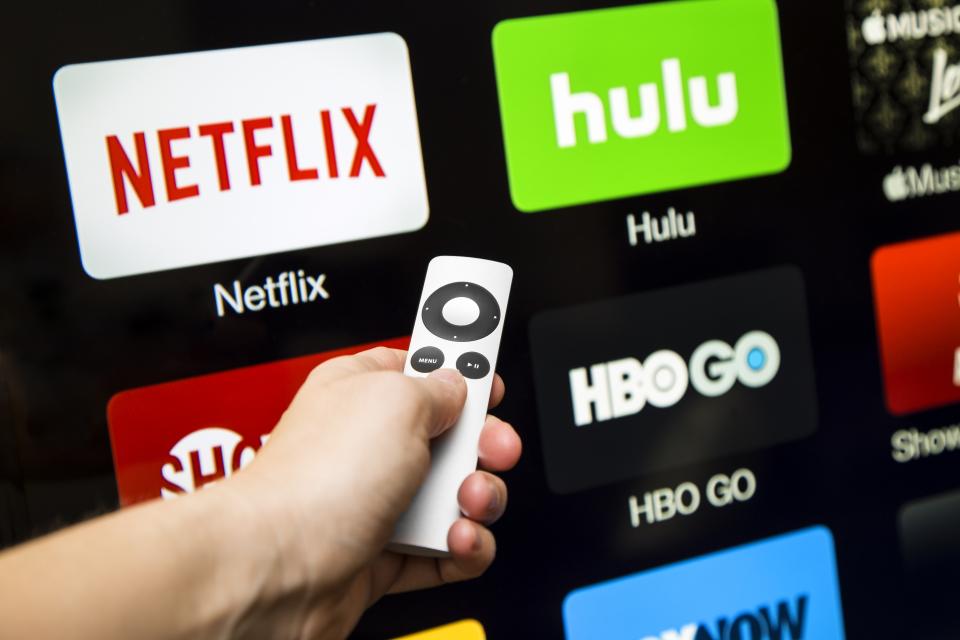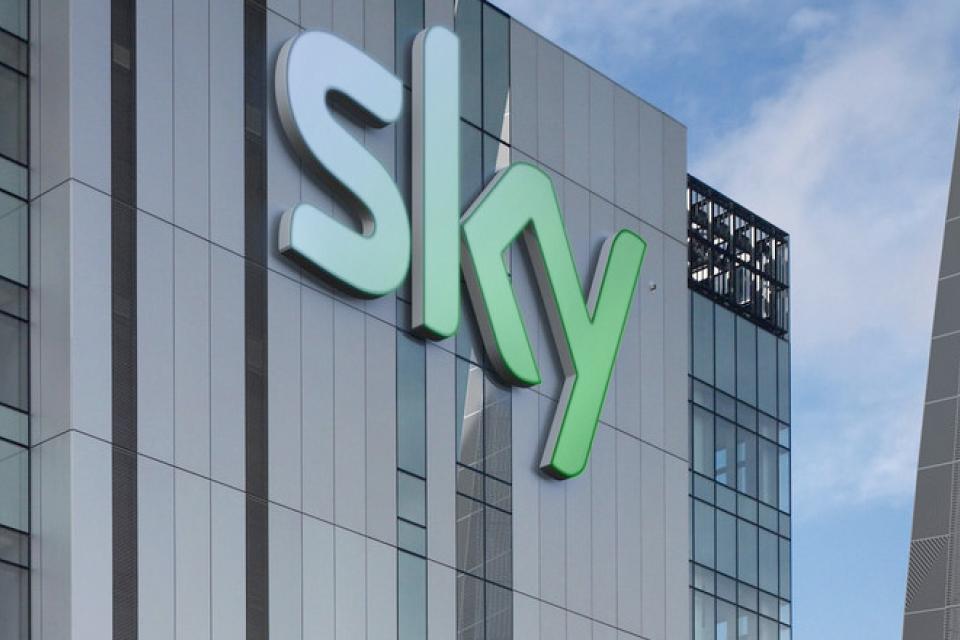Media & Entertainment
Predicting the future of in-home video entertainment through a historical and economic analysis of turbulence in M&E.
The business of in-home video entertainment is undergoing massive transformation in production, distribution and industry structure. Tectonic changes have occurred in the last two decades, including multiple big media mergers, emergence and dominance of Netflix first as a content distributor and then as a content creator, and, conversely, launch of direct-to-consumer streaming services by major content creator firms. What core elements explain this turbulence, and what signals do they provide for the future of media and entertainment?











